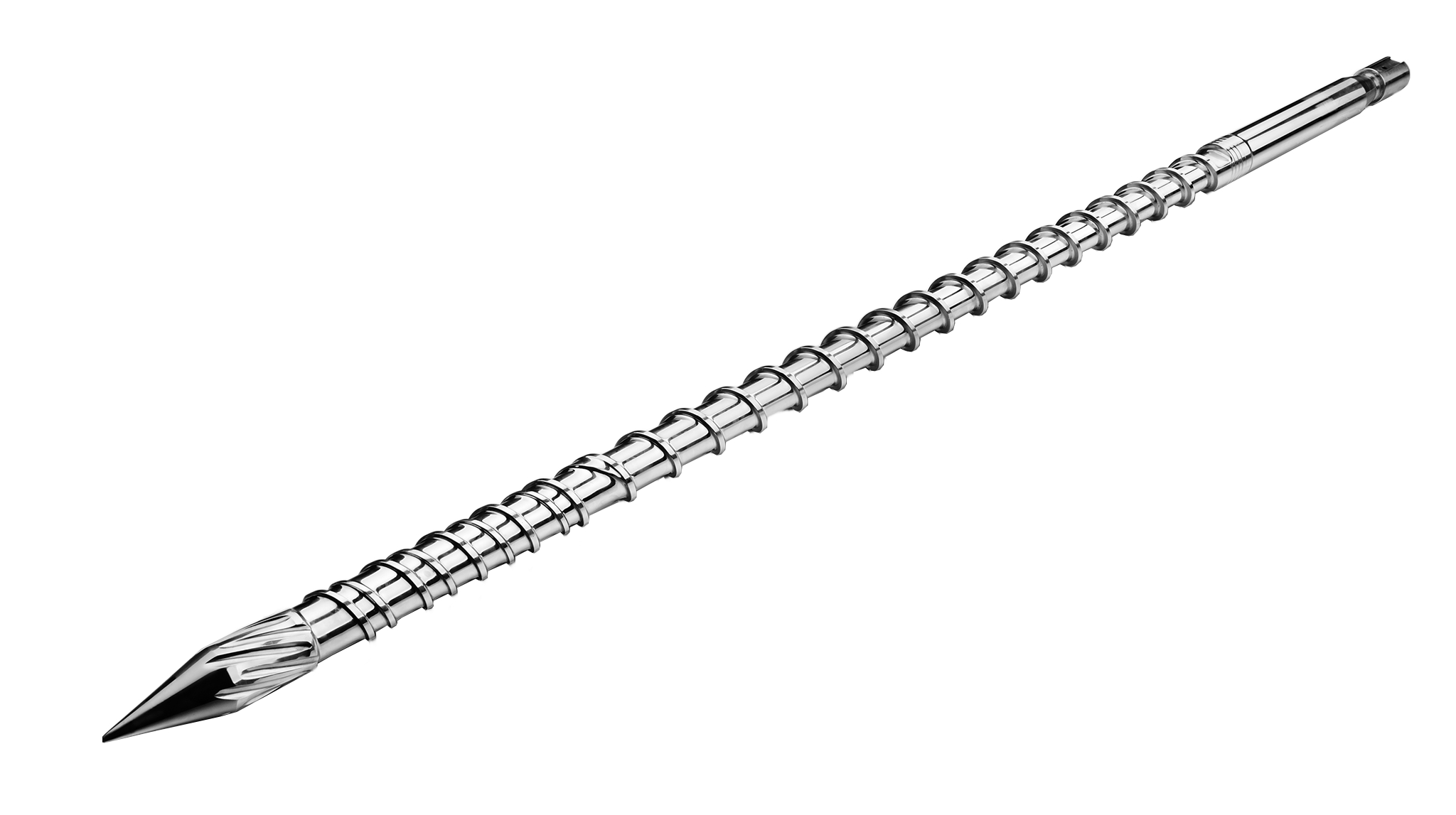We provide custom solutions to all our customers and offer complete technical advices that your company can take advantage of.
The key differences between single and twin screw and barrel designs for injection and extrusion machinery include:
Number of Screws: Single screw and barrel designs feature one screw rotating within a stationary barrel, while twin screw and barrel designs use two intermeshing screws rotating within the barrel.
Mixing Action: Twin screw and barrel designs provide a more complex and efficient mixing action, allowing for better dispersion of additives and fillers. Single screw and barrel designs rely more on the material being pushed through the barrel by the screw.
Material Viscosity: Single screw and barrel designs are generally better suited for lower viscosity materials, while twin screw and barrel designs can handle higher viscosity and more complex materials.
Processing Efficiency: Twin screw and barrel designs are generally more efficient at melting and mixing materials due to their increased surface area and more effective mixing action. Single screw and barrel designs may require longer processing times and higher temperatures.
Design Complexity: Twin screw and barrel designs are generally more complex in design and require more maintenance and expertise to operate and maintain than single screw and barrel designs.
How do they impact performance?
The impact on performance between the two designs can vary depending on the specific application. Single screw and barrel designs are generally better suited for lower viscosity materials, while twin screw and barrel designs can handle higher viscosity and more complex materials. Twin screw and barrel designs are also more efficient at mixing additives and fillers into the base material, resulting in a more homogenous and consistent end product. Barrelize is professional in single and twin screw barrel design manufacturing.
Advancements in technology and materials have had a significant impact on the design and performance of single and twin screw and barrel designs for injection and extrusion machinery. Some of the ways in which advancements have impacted these designs include:
Improved Material Processing: Advancements in screw and barrel designs have allowed for more efficient and effective processing of a wider range of materials, including highly viscous and complex materials. This has resulted in more consistent and higher quality end products.
Enhanced Control and Flexibility: Advancements in control systems and sensors have improved the precision and accuracy of screw and barrel designs, allowing for greater control over processing variables and more flexibility in adjusting to changes in material properties.
Reduced Energy Consumption: Advancements in screw and barrel designs have led to more energy-efficient processes by reducing the amount of energy required for mixing and melting the materials being processed.
Improved Wear Resistance: Advancements in materials technology have led to the development of more wear-resistant materials for screw and barrel designs, resulting in longer lifetimes and reduced maintenance requirements.
Increased Customization: Advancements in computer-aided design (CAD) and simulation software have allowed for more customized screw and barrel designs that can be optimized for specific applications and materials.

